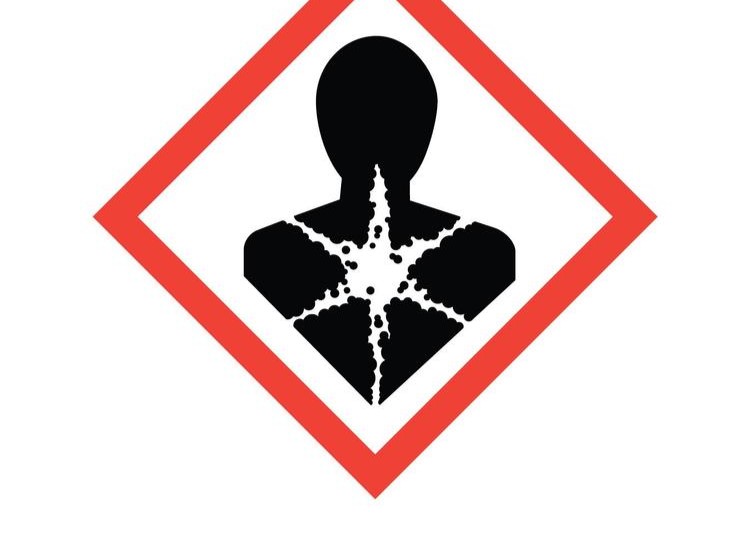Waste



Cosmetics, including makeup and skincare products, often contain synthetic ingredients and microplastics. On average, a woman uses 12 different cosmetic products per day, exposing her skin to 168 different chemicals.
Ingredients in cosmetics can contaminate soil and water, affecting local flora and fauna.
Cosmetic waste can cause allergic reactions in people who come into contact with it.
Cosmetic packaging, often plastic, contributes to long-lasting plastic pollution.
Improperly discarded cosmetics can become breeding grounds for bacteria, posing health risks.
Chemicals like parabens and phthalates are endocrine disruptors that can affect human health and contaminate the environment. Microplastics, found in some exfoliants and creams, contribute to ocean pollution as 3% of plastics in the oceans are cosmetic microplastics.
To dispose of your cosmetics responsibly, start by sorting out expired or unused products. Look for specific collection points in your area, such as recycling programs at cosmetics stores or pharmacies. If the packaging is recyclable, remove it and place it in your local recycling bin. For non-recyclable products, make sure to dispose of them in a regular trash bin, avoiding throwing them in sinks or toilets to prevent water contamination. By following these simple steps, you can dispose of your cosmetics in an environmentally friendly way while reducing their impact on the environment.
An alternative to chemical cosmetics is to opt for natural and organic cosmetic products. These products are made from plant-based ingredients, essential oils, and other natural extracts, avoiding synthetic chemicals and preservatives. They are typically free from harsh irritants and allergens, making them suitable for sensitive skin types. Additionally, natural and organic cosmetics often prioritize sustainable and eco-friendly manufacturing processes, minimizing environmental impact. Look for certifications like USDA Organic or EcoCert to ensure the products meet stringent organic standards.